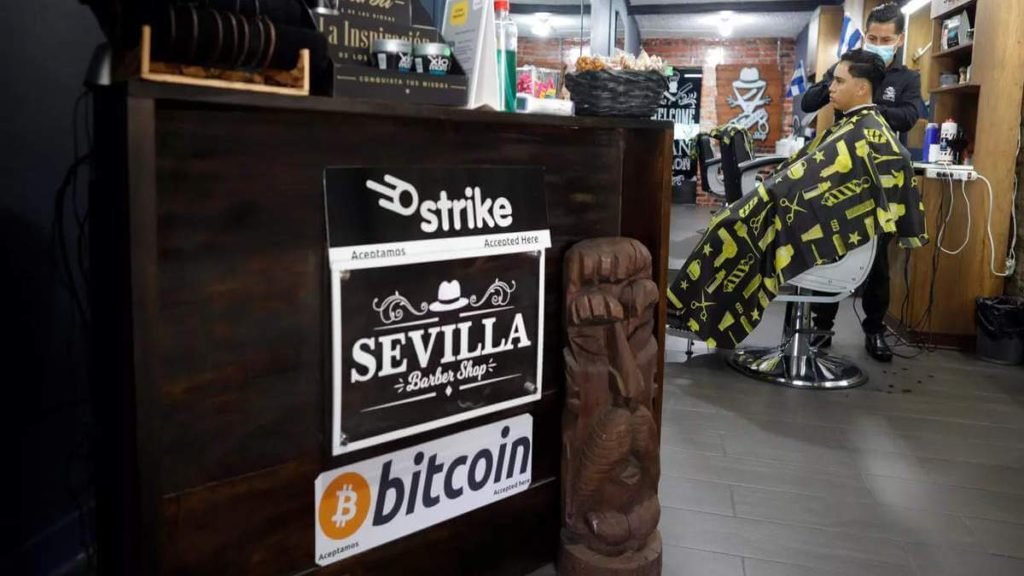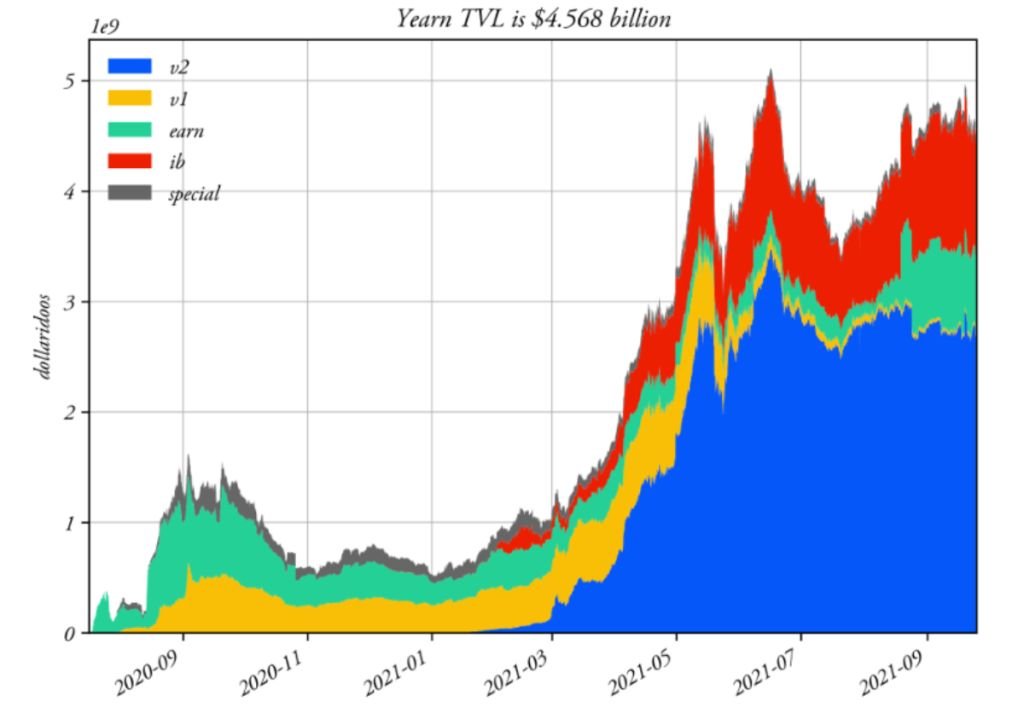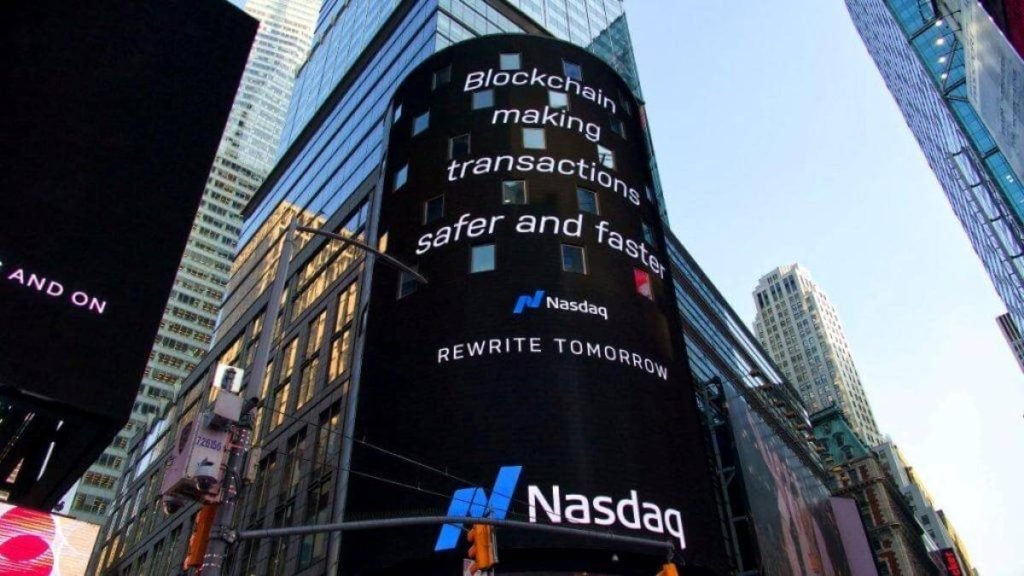“It is a Nobel prize-winning diversification strategy.”
The Economist on Bitcoin
This is a bold statement on Bitcoin by The Economist in Buttonwood – A column dedicated on analysis of the ever-changing financial markets. The comment was made by the author in an article titled “Why it is wise to add bitcoin to an investment portfolio” published in the Sep 25th 2021 edition.
The crypto and blockchain market, including digital currency, NFTs, and DeFi is ever evolving and growing more complex. Now, government and financial regulators are pushing for new regulations and amendments in existing laws because of how popular these technologies have become.
According to the New York Times, cryptocurrency grew from a digital curiosity into a volatile but widely embraced innovation, and federal regulators are racing to address the potential risks for consumers and financial markets. “Their concerns have only grown as both new and established firms have rushed to find ways to profit from bringing the massive wealth held in cryptocurrency into the traditional financial system through quasi-banking services like interest-bearing accounts and lending,” the Times indicate.
A cryptocurrency is a digital asset that utilizes computer code and blockchain technology to operate somewhat on its own, without the need for a central party — be that a person, company, central bank or government — to manage the system.
Cryptocurrency Changing Our Perception Of Money
“Bitcoin proves that people can create, regulate, and manage their own money.”
Ravi Kumar, AlexaBlockchain Analyst

Over the last several years, the perception regarding Bitcoin and other cryptocurrencies has changed drastically. Earlier in the year, several major companies announced a more open-minded approach to Bitcoin, accepting it as payment for product and services. For example, earlier in August, United Wholesale Mortgage, which made its public debut in January via a special purpose acquisition (SPAC) merger, announced plans to accept cryptocurrency for home loans, in what is being billed as a first for the national mortgage industry.
“We’ve evaluated the feasibility, and we’re looking forward to being the first mortgage company in America to accept cryptocurrency to satisfy mortgage payments.”
United Wholesale Mortgage CEO Mat Ishbia
Payment giants Mastercard, Visa now supports crypto payments in many markets. Moreover, both are investing heavily to strengthen their capabilities in crypto space.
Bitcoin Is Now A Legal Tender – Much Earlier Than Anyone Expected
El Salvador became the first country in the world to adopt Bitcoin as a legal tender on September 7, 2021, after the approval of the new Bitcoin law. It is really hard to believe that Bitcoin is now a legal tender. A country declares a “currency” its legal tender, which is not managed by them or any financial regulator and they can not control or influence the system in any manner. It never happened, but it is a reality now.

Businesses Start Accepting Bitcoin In El Salvador

The usage of Bitcoin as a payment option is currently optional for Businesses. But, many mainstream global businesses operating in El Salvador started allowing payment with Bitcoin since day one.
Big brands accepting Bitcoin as payment in El Salvador currently include McDonald’s, Starbucks, Wendy’s, Dollar City, China Wok, and Pizza Hut. Even a local bank, Banco Cuscatlán, has already integrated Bitcoin with its services.
Read More: How El Salvador Is Adopting Chivo Wallet To Embrace Bitcoin Economy?

Central Banks Push For CBDC Under Pressure
Central banks around the world that were earlier reluctant to accept Bitcoin and other digital currencies something worth paying attention are now amid huge pressure with their fast growing adoption among general population as well as enterprises. A trend has now emerged amongst Central banks to issue digital version of the fiat as there is little scope for them to counter public digital currencies like Bitcoin.
A central bank digital currency (CBDC) is virtual currency backed and issued by a central bank. According to Atlantic Council CBDC tracker, 81 countries (representing over 90 percent of global GDP) are now exploring a CBDC. In May 2020, only 35 countries were considering a CBDC. 5 countries have now fully launched a CBDC. The Bahamian Sand Dollar was the first CBDC to become widely available. Latest to join the growing list of central banks working on CBDC is Bhutan, a small Buddhist kingdom on the Himalayas’ eastern edge.
Read More: Bhutan Pushes For CBDC As Digital Currency Demand Jumps
Google Finance Has Now A Dedicated Crypto Tab
Earlier this year, Google Finance added a dedicated crypto tab, greatly fostering crypto mainstream Presence. Right at the top of the Google Finance page, crypto is now listed alongside the five default tabs, which also includes US, Europe, Asia and Currencies.
“Giving crypto a prominent place alongside the traditional capital market by Google Finance is a clear indication of growing presence of cryptos in the corporate world. Always remember Google does nothing without a strong reason to do so.”
Ravi Kumar, AlexaBlockchain Analyst
NFTs Are The Biggest Craze With Real Life Applications Becoming Mainstream
The global blockchain ecosystem is rapidly evolving as new, innovative applications are being developed. NFTs have become the biggest craze in 2021. NFTs have helped blockchain technology to become truly mainstream. From celebrities to artists, and sports to movies, all have started exploring NFTs, increasing the demand for tokenized assets.
In the simplest terms, NFTs transform any sort of original work of art and other collectibles into one-of-a-kind, verifiable assets that are easy to trade on the blockchain.
As part of the blockchain ecosystem, NFTs require a platform where the assets can be easily purchased and sold. An example of an NFT marketplace is The U.S. National Basketball Association Top Shot marketplace, which allows fans to buy and trade NFTs in the form of video highlights. The average price of a Top Shot “moment” slumped to US$27 in June, after peaking at US$182 in February.
NFT innovations are happening faster than expected and it is bringing blockchain technology into the mainstream. According to a recent report published by Forbes, NFT weekly trade volume across the top NFT marketplaces surged 3,300% from the beginning of the year (USD 5.9 Million) to its peak in February (USD 198 Million) before diving 82% to USD 35.3 Million in May. Since then, NFT activity has been grinding higher, and reached USD 78 Million in transaction volume the last week of June, a rebound of 120% month-over-month.
DeFi
Blockchain and digital currency have the potential to enhance efficiency, lower costs, and foster broader financial inclusion. Decentralized Finance (DeFi) can be explained as a new, global financial network where financial products and services are interconnected, hyper-secure, and equally accessible to all participants.
DeFi brings much-needed transparency and fairness to the financial sector that is simply not possible with the highly fragmented, centralized, and isolated processes in traditional financial systems.
“DeFi is essentially a liaison between the centralized currencies and the decentralized cryptocurrencies. It is a hybrid of the two in which common financial applications are created on a limited scale at a time using a decentralized network and blockchain technology.”
Ralph Kalsi, CEO and Founder Blockchain Australia™
Read More: Why DeFi Is The Future Of Bankless World?
DeFi has the potential to transform the traditional financial system by providing alternative financial solutions while empowering communities.
DeFi comprises all kinds of financial products and services built on blockchain infrastructure, typically governed by decentralized communities. These services can be traditional – such as borrowing and lending, payments, money issuance, insurance, trading, and asset management – as well as entirely new and innovative, such as automated market makers (AMMs), staking programs, and yield farming.
It has been argued that Bitcoin was the first DeFi use case since it was designed as a peer-to-peer (P2P), decentralized money system. Bitcoin, however, has emerged as a compelling store of value (SOV) more than a means of exchange as other blockchain networks have become more established.
Conversely, DeFi tokens and applications enable users to do more with their holdings than sending value from one address to another.
The term DeFi was coined in the summer of 2018 during a Telegram chat between Ethereum developers and entrepreneurs who wanted to name the movement of open financial applications built on Ethereum. Out of several options to call the emerging movement, DeFi seemed the best choice as it sounds like “defy.”
DeFi Thrives in 2021
Despite recent volatility and a notable pullback in May, DeFi has accelerated its expansion in the first half of 2021 overall.
Besides lending protocols such as Compound and Aave, other DeFi applications have also been expanding in 2021, including:
- Decentralized Exchanges (DEX) – According to Messari, trading volumes on DEX surged by over 8,000% in the first quarter of 2021 compared to the same period last year. Curve Finance and Uniswap are currently the largest DEX by trading volume and TVL.
- Derivatives – Futures and options exchanges built on decentralized exchanges are the next big thing. Projects like Hegic, Perpetual Protocol, and Mirror Chain have been increasing in popularity across the DeFi community.
- Asset management – Yearn.finance still dominates DeFi’s asset management sector. The TVL in Yearn surged from about $500 million at the beginning of the year to almost $4.568 billion as of today.

- Stablecoins – Stablecoins have played a major role in DeFi, acting as a bridge between the emerging digital economy and traditional finance. According to CoinMarketCap, the total market cap of stablecoins is now $128 billion. The stablecoin total market cap has surged over 5 times since January this year. Tether (USDT) is the most valuable stablecoin by market capitalization. With a market cap of over $68 billion, USDT commands over 50% of the total stablecoin market. USD Coin (USDC), the US$-backed digital currency launched by Circle and Coinbase in 2018, has been the fastest-growing stablecoin in both 2020 and 2021.
Adoption of the Cryptocurrency, NFTs, and DeFi is expected to continue to accelerate in coming years, and regulators need to engage with the stakeholders and formulate required laws.
In the simplest terms, NFTs transform any sort of original work of art and other collectibles into one-of-a-kind, verifiable assets that are easy to trade on the blockchain.



